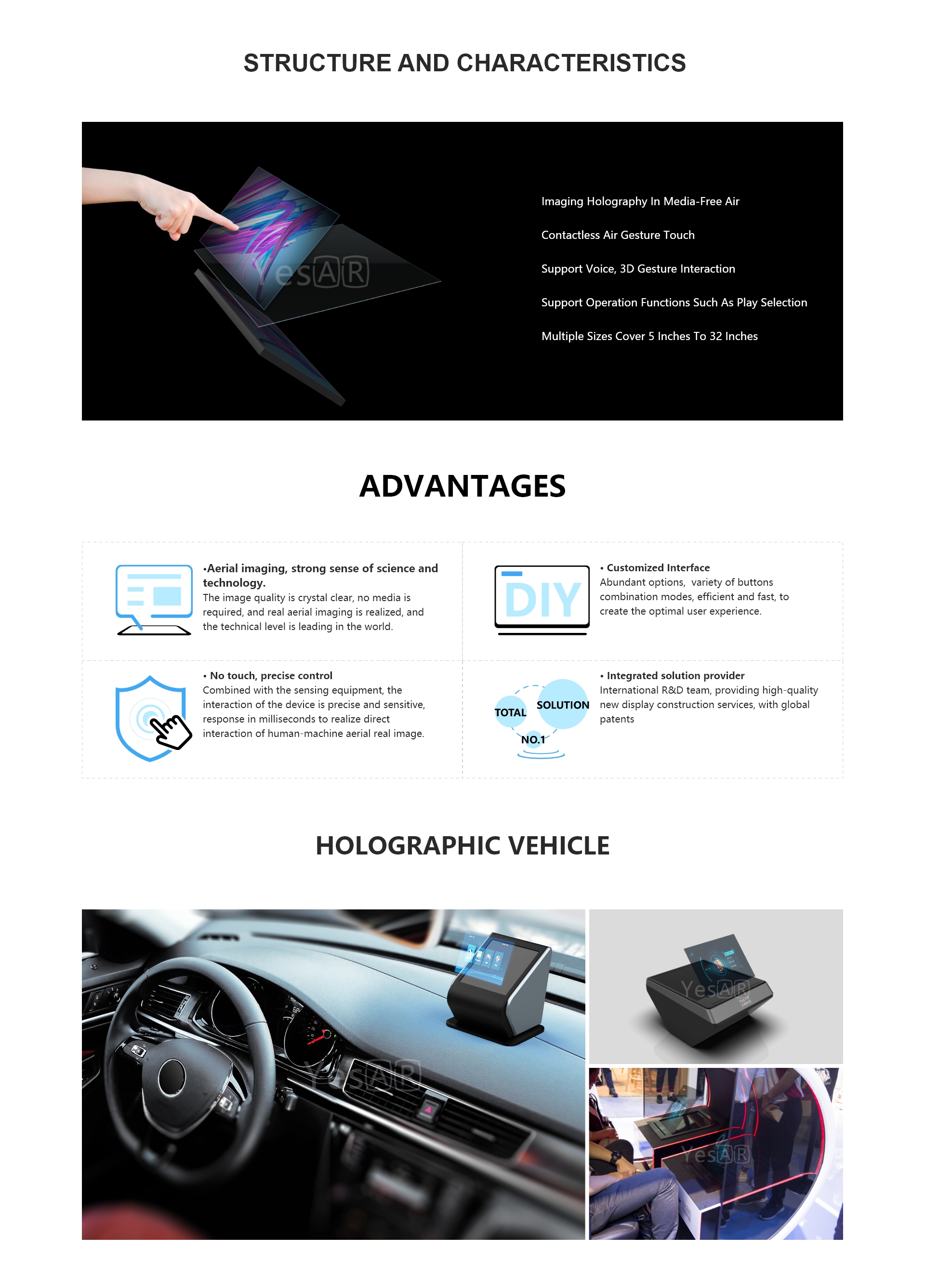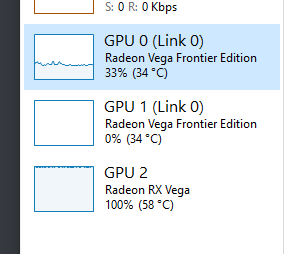Title: Hardware Raytracing: The Next Generation of Graphics Technology
Hardware Raytracing, also known as real-time raytracing, is the next generation of graphics technology that has recently made significant advancements. This technology simulates the physical process of light rays interacting with objects in a 3D scene, providing a level of realism that was never before achievable in real time. With the help of modern hardware and software, raytracing allows us to create images that are so realistic that they are often indistinguishable from photographs.The technology behind hardware raytracing has been around for years, but it has only recently become feasible to implement it in real-time rendering engines. This is primarily due to the advancements in parallel computing and GPU-based rendering techniques. These innovations have made it possible for us to process and render complex 3D scenes in real time while maintaining high levels of image quality and performance.Hardware raytracing offers numerous advantages over traditional rendering techniques. It allows us to create images that are much more detailed and realistic, capturing the subtleties of light and color that are often lost in traditional rendering. Additionally, raytracing allows for much more accurate representation of materials and surfaces, as it simulates the actual physical interactions between light and matter. This results in images that are not just more visually appealing, but also more accurate and immersive.Another significant advantage of hardware raytracing is its ability to handle complex lighting setups with ease. Traditional rendering techniques often struggle when dealing with complex lighting scenarios, but raytracing can easily handle even the most complex lighting setups without breaking a sweat. This allows for much more dynamic and realistic lighting effects to be achieved in real time.However, it is important to note that hardware raytracing is not without its challenges. One major challenge is the computational cost associated with processing each ray individually. As the number of rays increases, so does the computational cost, which can quickly become prohibitive for large scenes or high-quality visuals. Additionally, raytracing algorithms themselves can be complex and challenging to implement effectively in real-time rendering engines.Despite these challenges, hardware raytracing shows great promise as the next generation of graphics technology. Its ability to create realistic and detailed images in real time has made it an attractive option for many game developers and graphic designers who are looking to create more immersive and engaging experiences for their users or clients. With continued advancements in technology and optimization of raytracing algorithms, we can expect to see even more impressive results from this technology in the future.
Hardware raytracing is the latest addition to the world of graphics technology, and it's set to revolutionize the way we experience games, movies, and other forms of media. Raytracing, which involves simulating the paths of light rays to create realistic shadows and reflections, has been around for decades. However, it wasn't until recently that hardware manufacturers began to integrate raytracing capabilities into their products.
One of the most notable early adopters of hardware raytracing was Nvidia, with their RTX series of graphics cards. The RTX cards introduced a new level of realism to games, with accurate shadows and reflections adding an extra level of immersion for players. Moreover, the RTX cards also supported DLSS (Deep Learning Super Sampling), a technology that uses machine learning to enhance image quality and performance.
Another important player in the hardware raytracing space is AMD, with their RX series of graphics cards. The RX cards offer similar features to the RTX cards, but with a different underlying architecture. This has resulted in some interesting competition between the two companies, with each side claiming their technology is superior.

Intel has also entered the hardware raytracing market with their Arc series of graphics cards. The Arc cards are designed to offer high-performance gaming experiences, with a focus on raytracing and AI features. However, they have not yet made as significant an impact as the RTX or RX cards.
Hardware raytracing is not just limited to games, however. It can also be used in professional applications such as movie rendering or product design, where realistic lighting and shadows are crucial. For example, the film industry has been using raytracing techniques for years to create convincing CG (computer-generated) visuals. By simulating the way light behaves in complex environments, raytracing allows filmmakers to create scenes that are difficult or impossible to replicate in real life.
Another potential application for hardware raytracing is in virtual reality (VR). VR experiences are becoming increasingly popular, and with good reason: they offer users an immersive and interactive way to experience content. By using raytracing technology, VR experiences can offer even more realistic visuals and interactions, making them more engaging for users.

Overall, hardware raytracing is set to become a significant part of the graphics technology landscape in the coming years. It offers a new level of realism and immersion for games, movies, and VR experiences, making it an exciting addition to the field. Moreover, with competition between different manufacturers driving innovation and performance improvements, we can expect to see even more advancements in this area in the future.
Articles related to the knowledge points of this article:
Title: Optimizing the Performance and Safety of your Road King with Premium Windshield Hardware
Garbers Hardware: A Legacy of Quality and Innovation
Ace Hardware Glass Hardware Store: A Destination for All Your Glass Needs
Muffs Hardware: A Legacy of Quality and Innovation
Unraveling the Mystery of Fogo Charcoal Ace Hardware: A Masterpiece of Industrial Design



